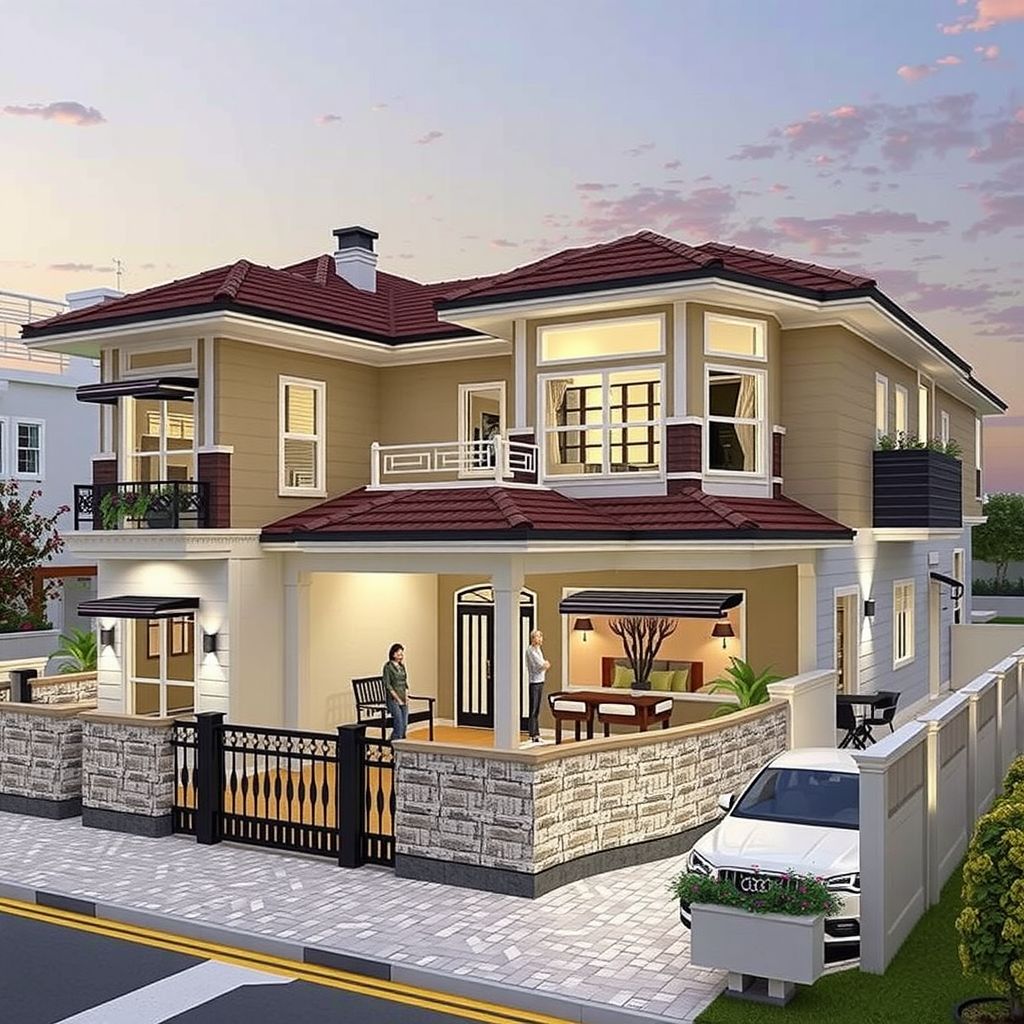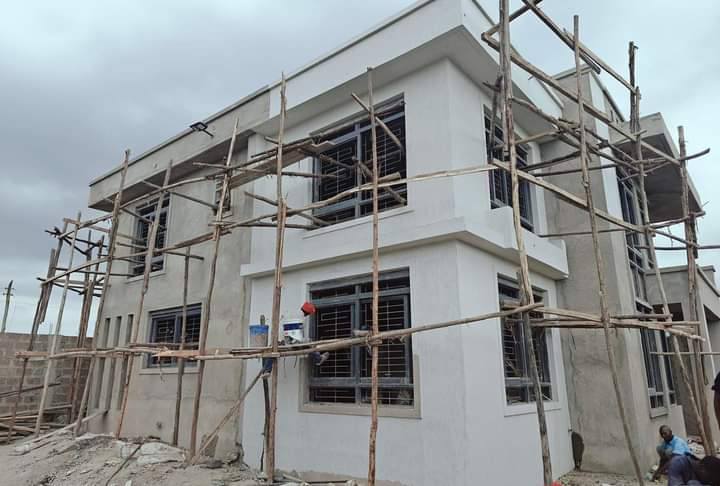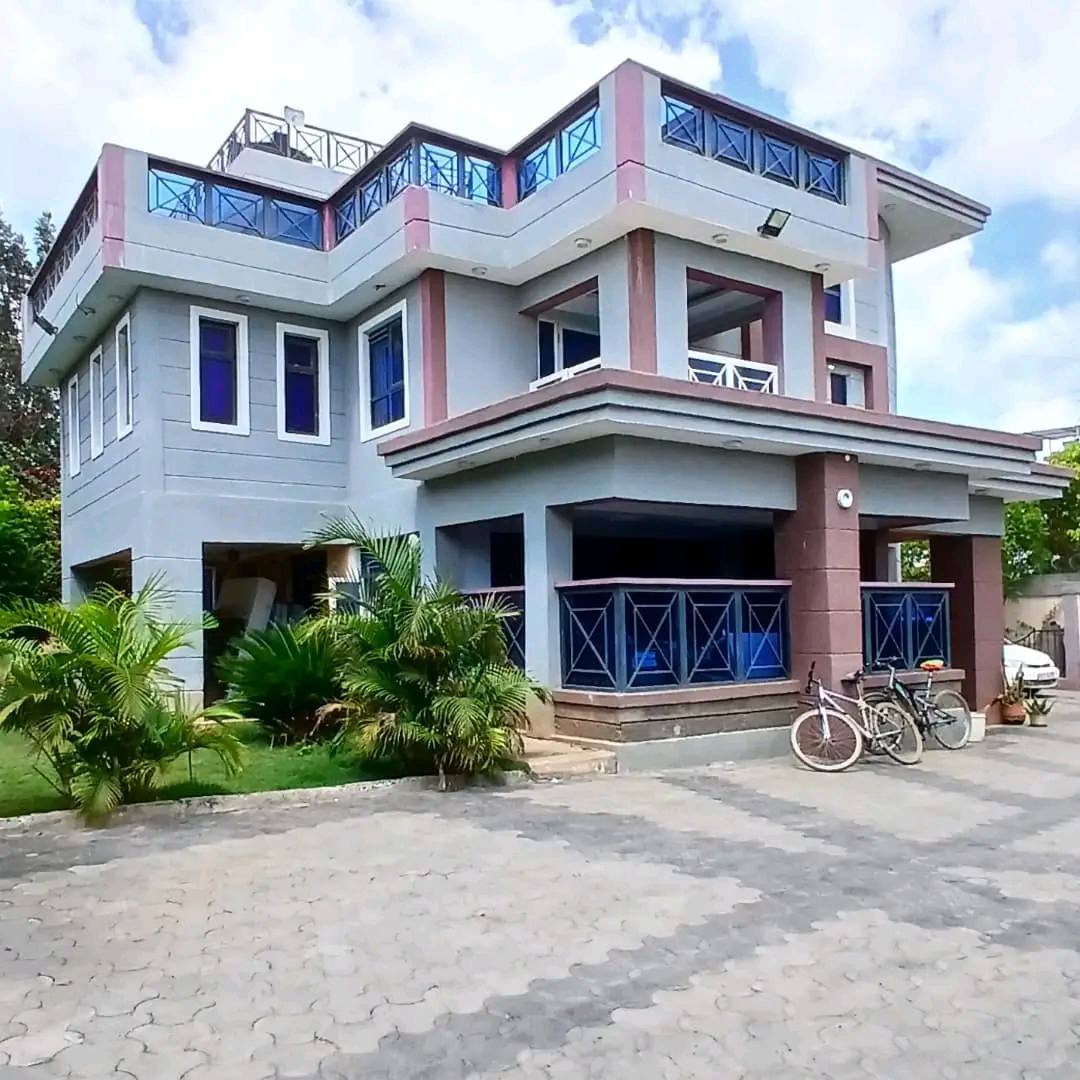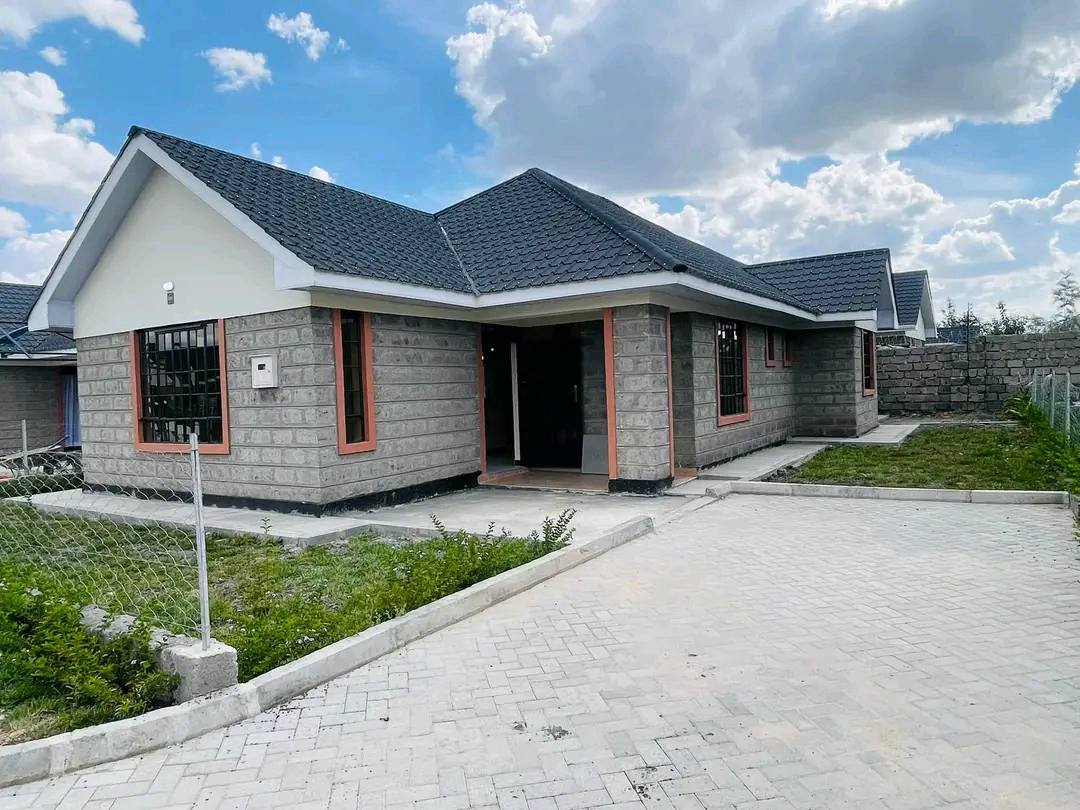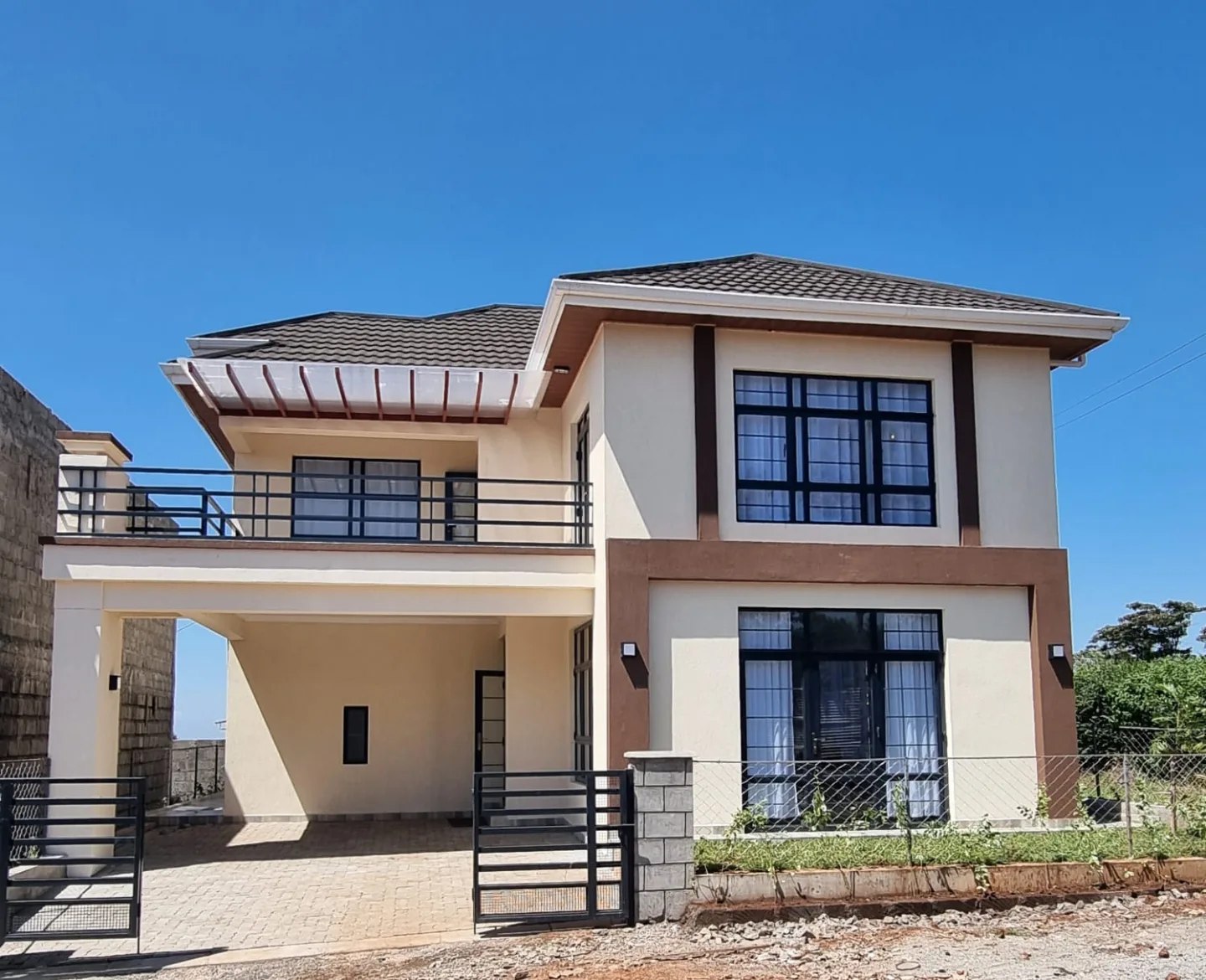
Key Differences and Considerations
Construction projects fall into two primary categories: residential and commercial construction. While both require skilled labor, careful planning, and adherence to building codes, they differ significantly in scale, complexity, materials, regulations, and purpose. Whether you're a property developer, contractor, or investor, understanding these distinctions is crucial for successful project execution.
- Project Scope and Purpose
- Residential Construction: This category includes single-family homes, apartments, townhouses, and condominiums. The primary goal is to provide comfortable living spaces for individuals and families. These projects are usually smaller in scale and focus on aesthetics, functionality, and personal comfort.
- Commercial Construction: This involves building offices, shopping centers, hotels, hospitals, schools, and industrial facilities. The focus is on optimizing space for business operations, safety, and regulatory compliance, often requiring more durable materials and infrastructure.
Before deciding between residential and commercial construction, the most important thing to consider is the intended use of the building; residential construction is for personal living spaces like houses and apartments, while commercial construction is for business purposes like offices, retail stores, and warehouses, each requiring different design considerations, regulations, and project management approaches.
- Design and Architecture
- Residential Construction: Homeowners and developers prioritize personalized designs, with emphasis on interior layouts, aesthetics, and lifestyle needs. Residential buildings often follow local housing trends and architectural preferences.
- Commercial Construction: Designs are more functional and business-driven, with an emphasis on efficiency, accessibility, and compliance with commercial safety standards. These projects may involve complex HVAC systems, elevators, large-scale electrical systems, and fire safety measures.
- Materials and Construction Techniques
- Residential Construction: Common materials include wood, bricks, and concrete blocks. These structures usually have simpler electrical and plumbing systems compared to commercial buildings.
- Commercial Construction: Due to higher durability and safety requirements, materials such as steel frames, reinforced concrete, and glass are frequently used. The construction techniques are more sophisticated to accommodate larger loads and longer lifespans.
- Building Codes and Regulations
- Residential Construction: Typically governed by local housing codes and zoning laws. Safety measures focus on fire hazards, energy efficiency, and basic structural integrity.
- Commercial Construction: Subject to more stringent regulations, including fire safety protocols, disability access (ADA compliance in some regions), energy efficiency standards, and emergency evacuation plans. Projects often require multiple permits and inspections.
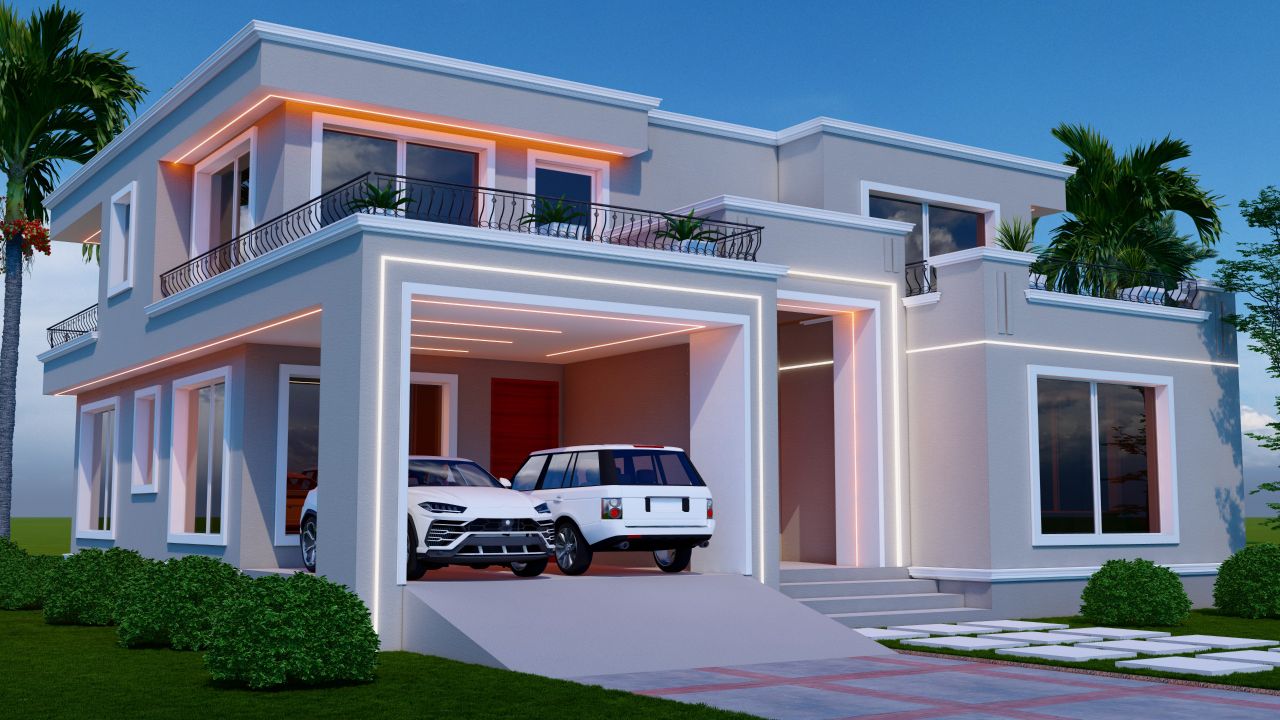
- Construction Time and Costs
- Residential Construction: Usually faster and more cost-effective, depending on customization levels. A standard house can take a few months to a year to complete.
- Commercial Construction: These projects demand higher budgets and longer timeframes due to their scale, complex systems, and regulatory requirements. Large commercial buildings may take years to complete.
- Workforce and Equipment
- Residential Construction: Typically employs smaller teams of general contractors, electricians, plumbers, and carpenters. Equipment use is minimal compared to commercial projects.
- Commercial Construction: Requires large teams with specialized skills, including engineers, architects, and project managers. Heavy machinery such as cranes, bulldozers, and specialized equipment is essential for constr
- Financing and Investment Considerations.
- Residential Construction: Often financed by personal savings, mortgages, or small-scale development loans. The return on investment (ROI) depends on market demand and location.
- Commercial Construction: Backed by large investors, corporations, or government funding. The ROI is driven by rental income, business operations, and long-term leases.
Conclusion.
Both residential and commercial construction play vital roles in urban development and economic growth. While residential projects focus on personal living spaces, commercial buildings drive business activities and public services. Whether you're investing in real estate or planning a construction project, understanding these fundamental differences ensures informed decision-making and project success.


